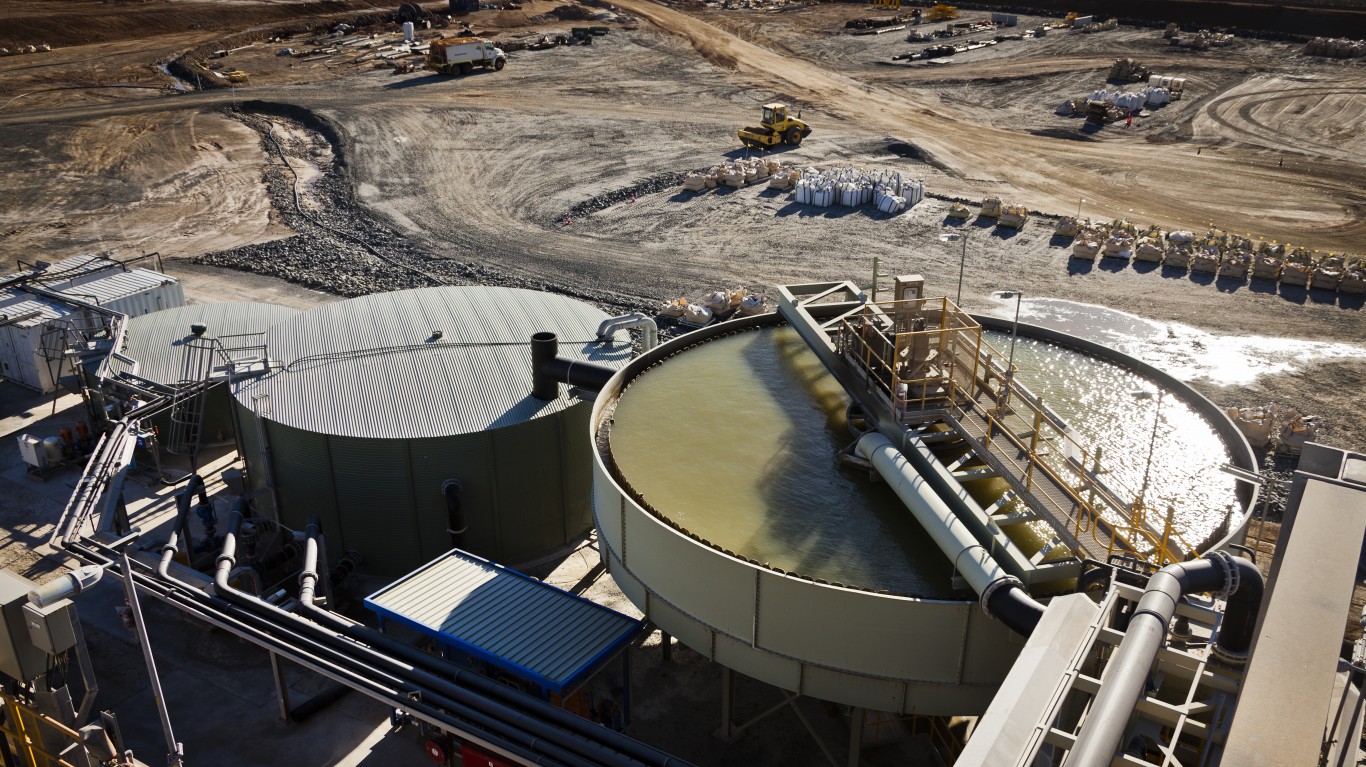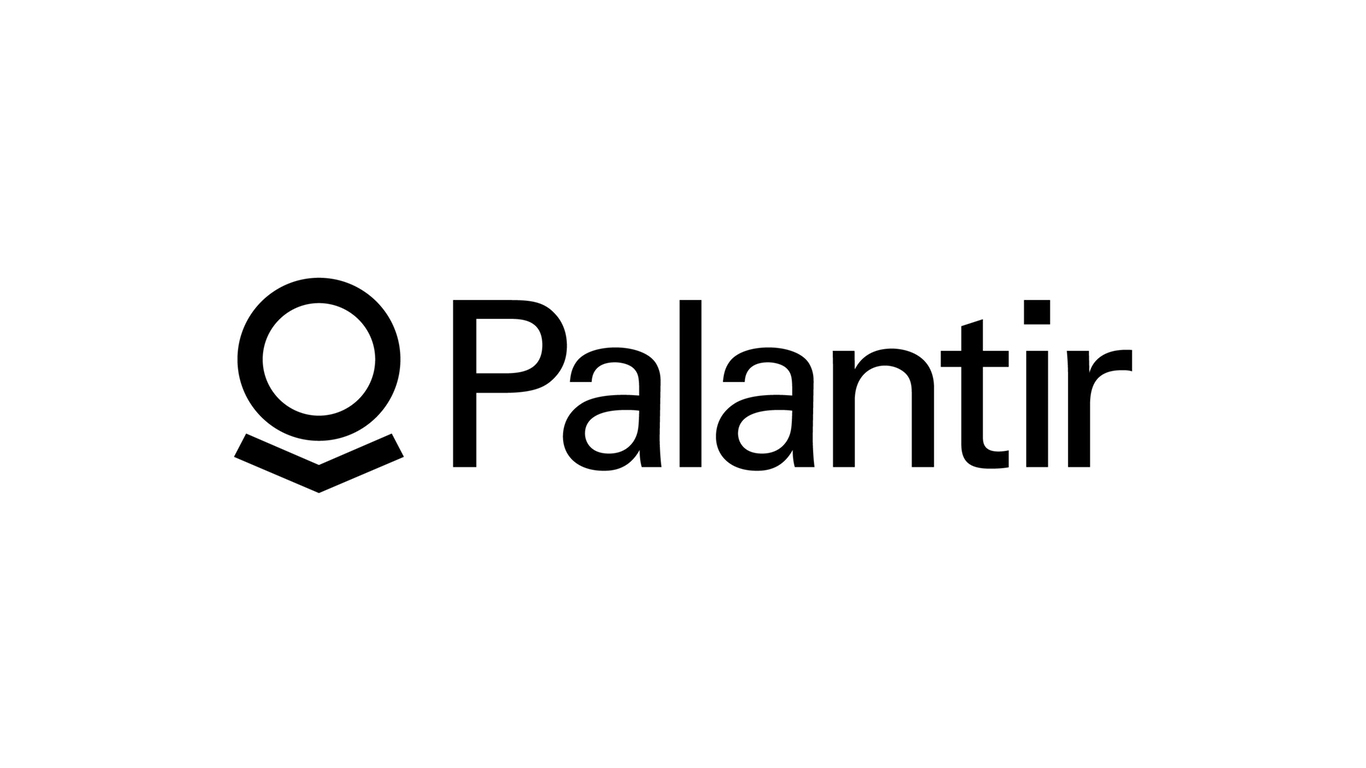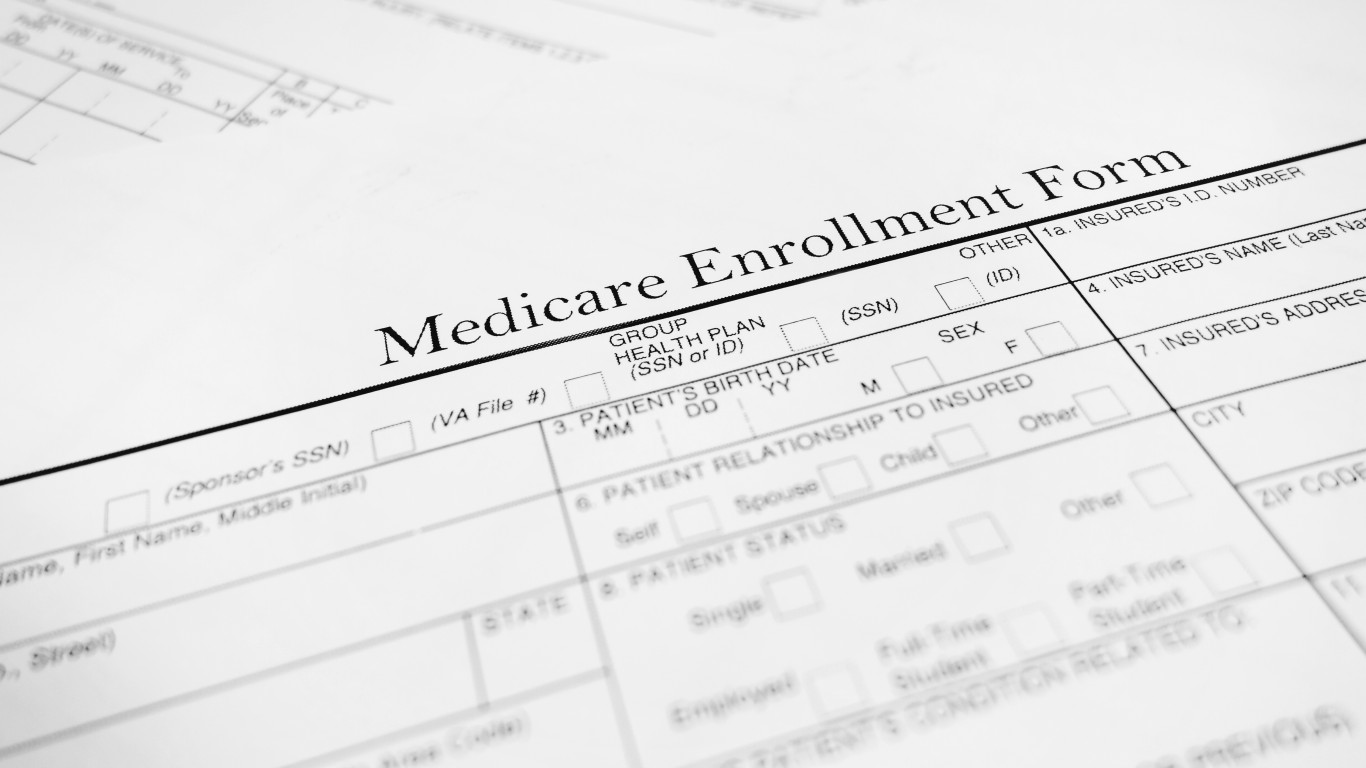 In much of the country, access to affordable, high-speed internet is taken for granted. However, in vast sections of the United States broadband internet is either unavailable or too expensive for low-income families. The Federal Communications Commission, the Small Business Committee, and the U.S. Department of Agriculture have all urged service providers to expand to rural areas. But the companies contend that it would cost far more to run lines or install wireless towers in these remote areas than the profits that could be made from the few low-income families that live there.
In much of the country, access to affordable, high-speed internet is taken for granted. However, in vast sections of the United States broadband internet is either unavailable or too expensive for low-income families. The Federal Communications Commission, the Small Business Committee, and the U.S. Department of Agriculture have all urged service providers to expand to rural areas. But the companies contend that it would cost far more to run lines or install wireless towers in these remote areas than the profits that could be made from the few low-income families that live there.
Most of the areas with slow or nonexistent internet access are indeed in remote regions with tiny populations. On the West Coast and in the Northeast, where the average population can by anywhere from 200 to 1,200 people per square mile, providing service makes sense for companies. In areas like Wyoming, Montana and Alaska, the average can be fewer than 10 people per square mile. In addition to a lack of concentrated paying customers and rocky and mountainous terrain, which often goes hand-in-hand with sparse population, complicates the cost of developing broadband networks in these locations.
The FCC maintains that access to high-speed internet is not merely a convenience, but essential to provide a fair chance at a job and an education, as well as to run a successful business. In a report released last year, the FCC maintained, “approximately 26 million Americans, mostly in rural communities located in every region of the country, are denied access to the jobs and economic opportunity made possible by broadband.” In mid-August, the USDA announced the provision of $103 million in federal funds in 16 states to help develop broadband networks in rural communities. This is the latest in a series of efforts by the government to provide installation and discounts for families, schools and small businesses.
In order to identify the 10 states with the slowest internet connections, 24/7 Wall St. looked at research firm Pando Networks’ report on broadband access in the U.S. The report, which identifies the average download speed in each state, clearly shows the disparity in service between states in the Midwest, West and Southwest, and the highly connected states in the Northeast, South and West Coast. The report also identified the average success rate of downloads in each state. Data from the Census Bureau and Bureau of Labor Statistics was also used to identify problems the states faced in terms of low income, poverty and unemployment. Finally, the FCC’s National Broadband Map was used to identify the geographic areas with little or no access to broadband service.
These are 10 states where the internet is too slow.
10. Missouri
> Average download speed: 407 KBps
> Average completion rate: 82%
> Residents per square mile: 86.9 (23rd fewest)
> Median income by state: $45,149 (16th lowest)
Missouri is among the least densely populated states. Less than one-fifth of homes are apartments or condos, compared to the national average of 25.9%. While much of the state does have access to broadband, a relatively small percentage of that area can access the Web at top speeds. Missouri’s average download speed, 407 kilobytes per second, is the 10th slowest in the country, and the download completion rate, 82%, is among the 10 worst in the country.
9. Alaska
> Average download speed: 402 KBps
> Average completion rate: 83%
> Residents per square mile: 1.2 (the fewest)
> Median income by state: $66,712 (the highest)
Alaska is the most sparsely populated state in the country, with just 1.2 people per square mile. This is nearly one-fifth the density of the next least-dense state, Wyoming, and less than one-eightieth of the national average of 87.4 persons per square mile. While the vast majority of the population is concentrated in the Anchorage Metropolitan Statistical area, the terrain, weather conditions and wide spacing between populated areas makes wiring Alaska with broadband extremely expensive.
8. Nebraska
> Average download speed: 401 KBps
> Average completion rate: 84%
> Residents per square mile: 23.8 (8th fewest)
> Median income by state: $47,470 (21st lowest)
Nebraska’s median income is slightly below average, but the poverty rate, 12.2%, is lower than the national level. As is the case with many of the states that make this list, Nebraska is a quintessential midwestern farming state with healthy employment, average median income and low population. There are just 23.8 residents per square mile in Nebraska, and the average internet connection is just over 400 KBps.
Also Read: The Boeing Turnaround Loses Fuel
7. Arkansas
> Average download speed: 393 KBps
> Average completion rate: 81%
> Residents per square mile: 56 (17th fewest)
> Median income by state: $37,888 (3rd lowest)
Arkansas is one of the poorest states in the country, with the third-lowest median income. The poverty level is 18.5%, significantly more than the national average of 14.3%. The state is one of 16 set to benefit from a $103 million program to fund fast connections. Arkansas is also among the most sparsely populated states in the country, further contributing to its slow speeds and terrible completion rate of 81% — tied for the second-worst rate in the country.
6. Iowa
> Average download speed: 387 KBps
> Average completion rate: 83%
> Residents per square mile: 54.5 (15th fewest)
> Median income by state: $48,065 (25th lowest)
Iowa’s profile is very similar to that of its neighbor Nebraska. Because of its dominant agriculture industry, the state has very low unemployment, average median income and below-average poverty. The state’s population is sparse, with only 54.5 residents per square mile. Just 18.7% of the state’s population lives in multifamily buildings, compared to the national average of more than 25%.
5. Oklahoma
> Average download speed: 376 KBps
> Average completion rate: 82%
> Residents per square mile: 54.7 (16th fewest)
> Median income by state: $41,716 (6th lowest)
Oklahoma is another state that is eligible to receive funding from the federal government to provide high-speed broadband to rural communities, businesses and schools. The state has low unemployment, but also has the sixth-lowest median income in the country. Oklahoma also has a sparse population, and only 15% of the state’s homes are in apartments or condominiums.
Also Read: The Eight Beers Americans No Longer Drink
4. New Mexico
> Average download speed: 370 KBps
> Average completion rate: 82%
> Residents per square mile: 17 (6th fewest)
> Median income by state: $42,830 (11th lowest)
According to the Department of Information Technology, a large geographical area of New Mexico does not have access to cable, fiber-optic or DSL broadband Internet. The state is one of the most sparsely populated in the country, and many of those who live outside of the major metropolitan areas must pay for more expensive satellite service.
3. Montana
> Average download speed: 352 KBps
> Average completion rate: 82%
> Residents per square mile: 6.8 (3rd fewest)
> Median income by state: $42,222 (8th lowest)
Montana is one of the most sparsely populated states in the country, and high-speed internet is simply not available to large parts of its population. According to the FCC’s national broadband map, only a tiny fraction of the state has access to broadband services of any kind. The average download speed in the state is 352 kilobytes per second, well under half that of many states in the Northeast.
Also Read: The Highest Paying Jobs With The Most Time Off
2. Wyoming
> Average download speed: 346 KBps
> Average completion rate: 81%
> Residents per square mile: 5.8 (2nd fewest)
> Median income by state: $54,400 (19th highest)
Like its neighbor Montana, Wyoming’s tiny population is spread very thin. It is the least populous and most sparsely populated state in the U.S, only second to Alaska. Developing a high-speed internet network for the areas located outside of cities like Cheyenne would be incredibly expensive for providers, and the return on investment would be minimal. Wyoming is, however, subject to the millions in federal funding that would provide funding for broadband in schools. The state’s download completion rate, 81%, is tied for the second-slowest in the country.
1. Idaho
> Average download speed: 318 KBps
> Average completion rate: 83%
> Residents per square mile: 18.9 (7th fewest)
> Median income by state: $44,644 (14th lowest)
Idaho’s average internet speed is by far the slowest in the country. The factors working against a developed broadband network are many. The mountainous terrain makes it difficult for wireless tower-based connections to reach far, and running high-speed cable is just as difficult. The state is the seventh most sparsely populated in the country, further diminishing average speeds. According to the New York Times, with an internet connection equal to the state average, 318 KBps, “it would take you 9.42 seconds to download a standard music file compared with 3.36 seconds in Rhode Island, the state with the fastest average speeds, at 894 kilobytes per second.”
Michael B. Sauter
The Average American Is Losing Their Savings Every Day (Sponsor)
If you’re like many Americans and keep your money ‘safe’ in a checking or savings account, think again. The average yield on a savings account is a paltry .4% today, and inflation is much higher. Checking accounts are even worse.
Every day you don’t move to a high-yield savings account that beats inflation, you lose more and more value.
But there is good news. To win qualified customers, some accounts are paying 9-10x this national average. That’s an incredible way to keep your money safe, and get paid at the same time. Our top pick for high yield savings accounts includes other one time cash bonuses, and is FDIC insured.
Click here to see how much more you could be earning on your savings today. It takes just a few minutes and your money could be working for you.
Thank you for reading! Have some feedback for us?
Contact the 24/7 Wall St. editorial team.



